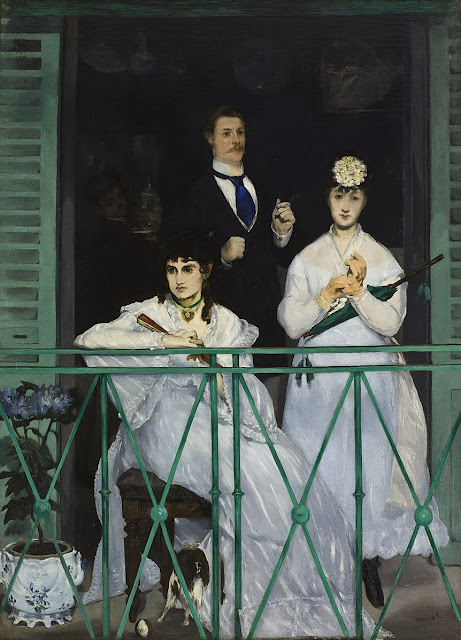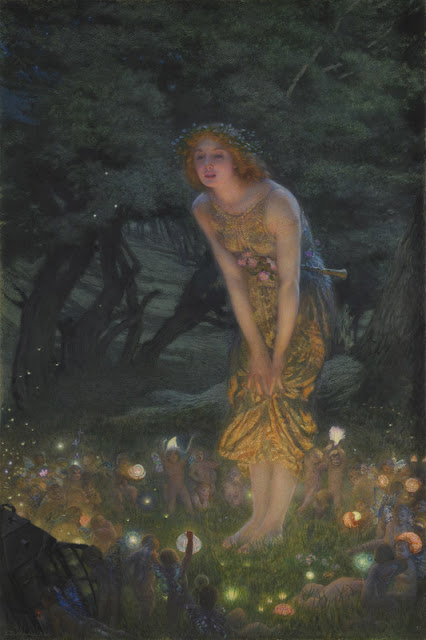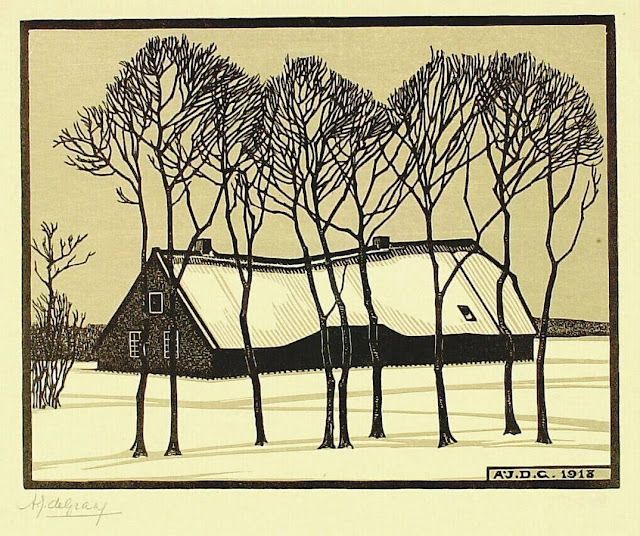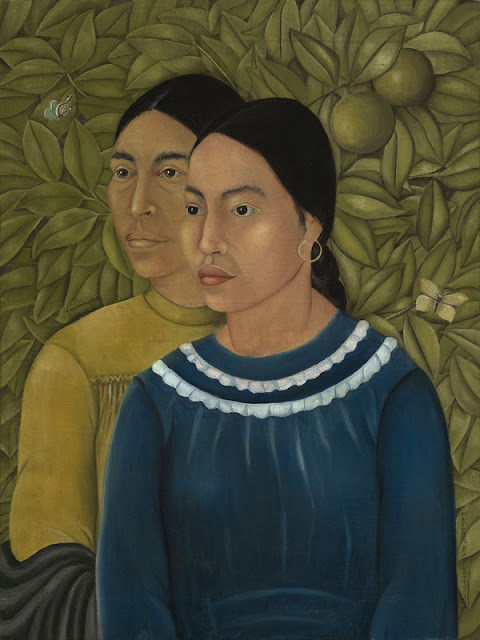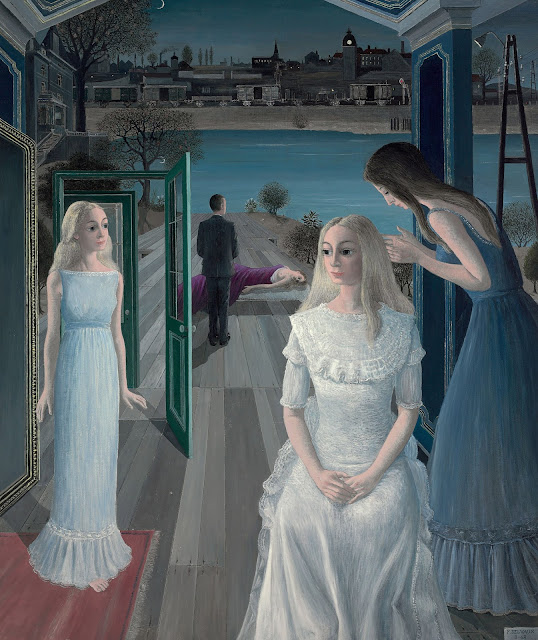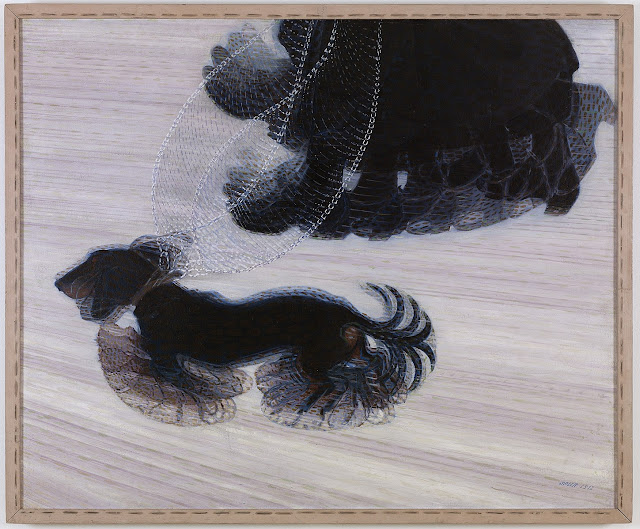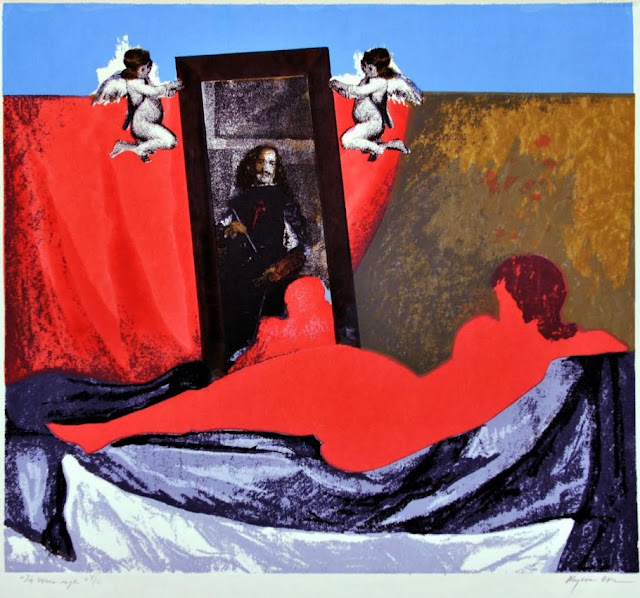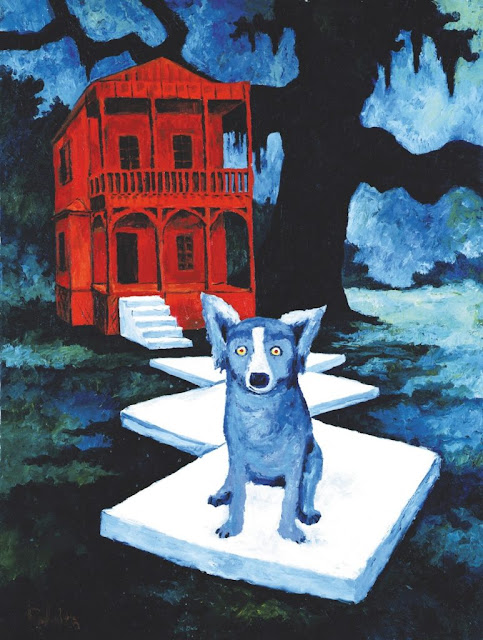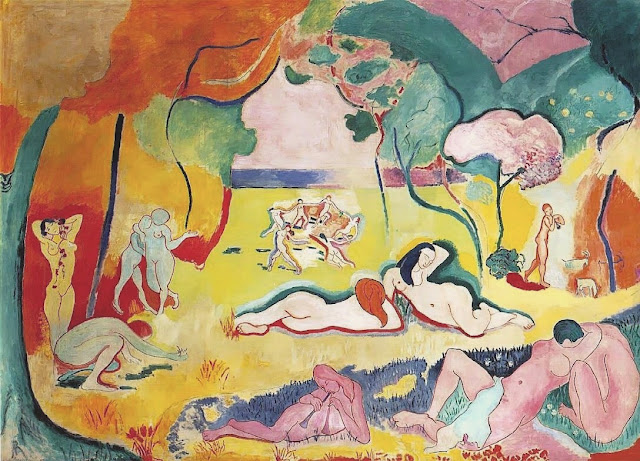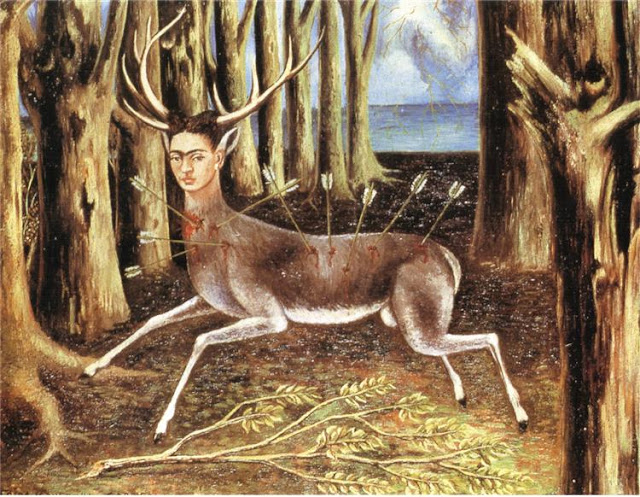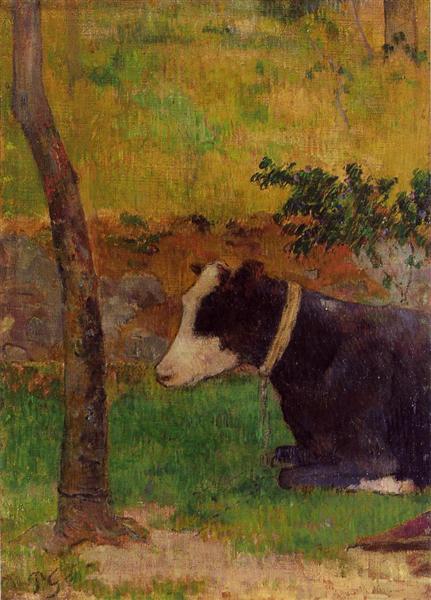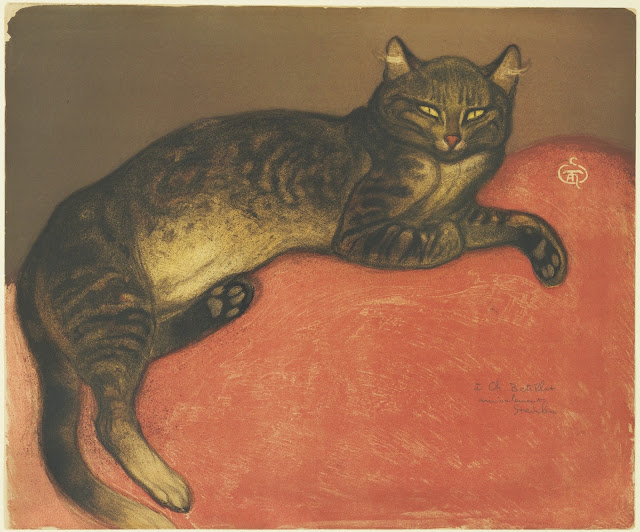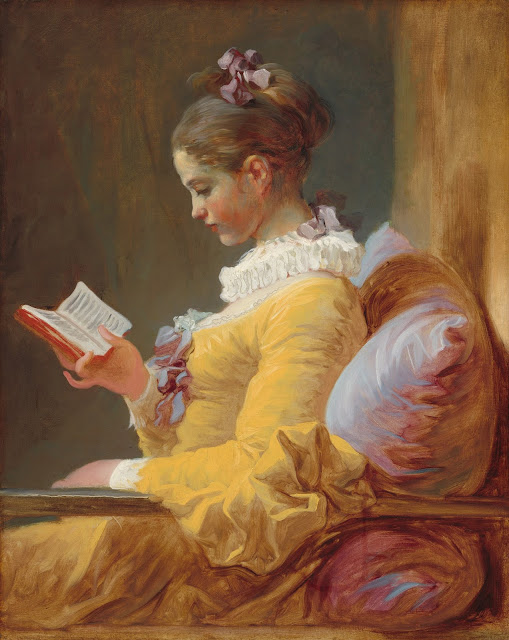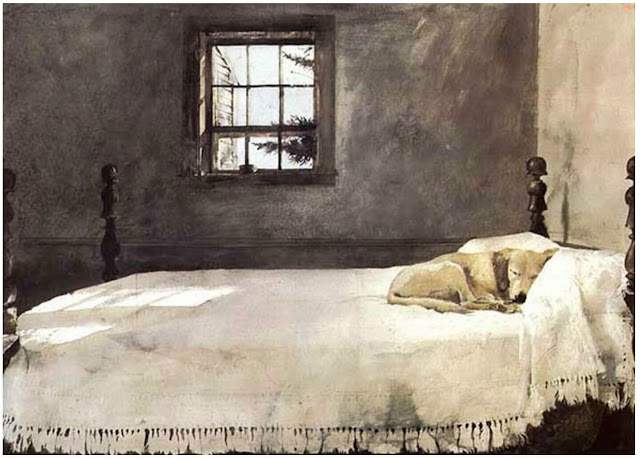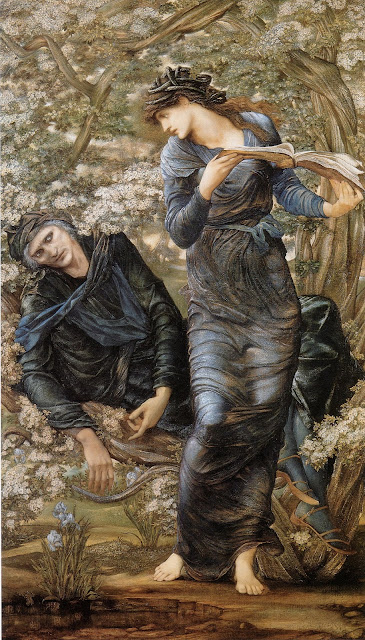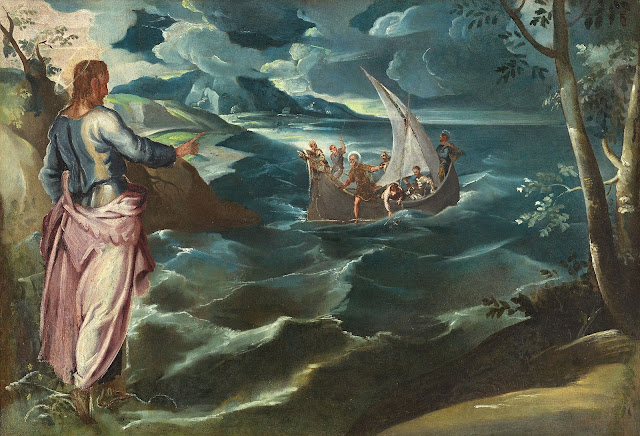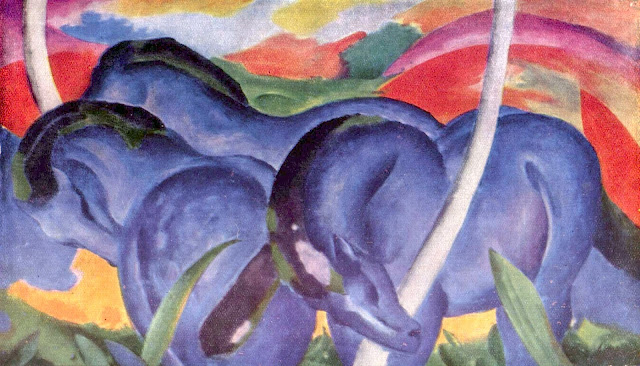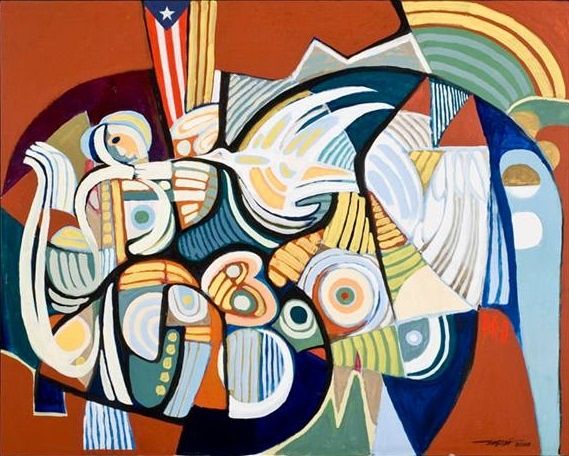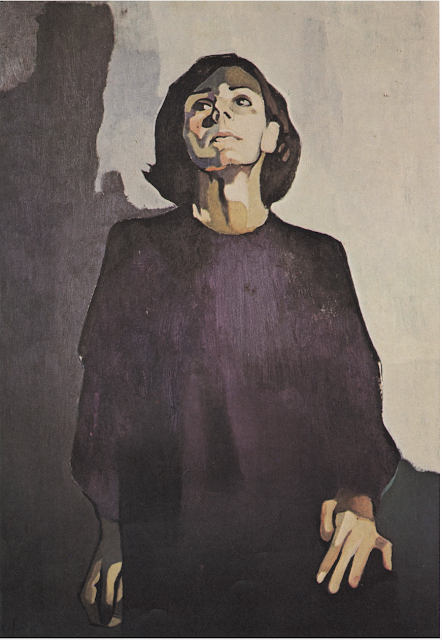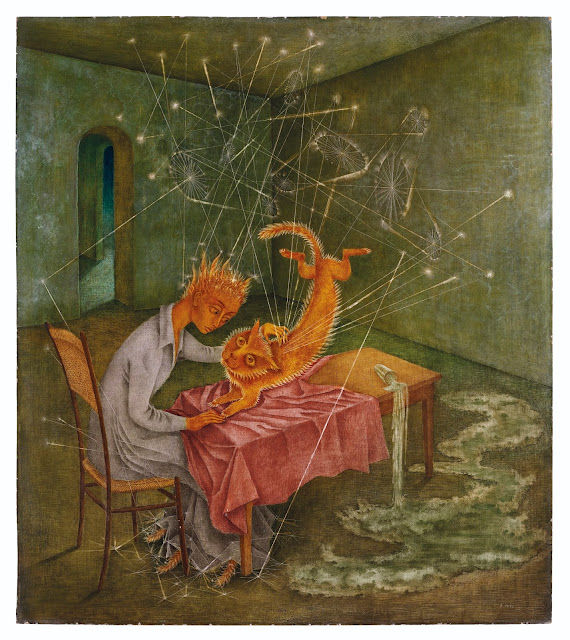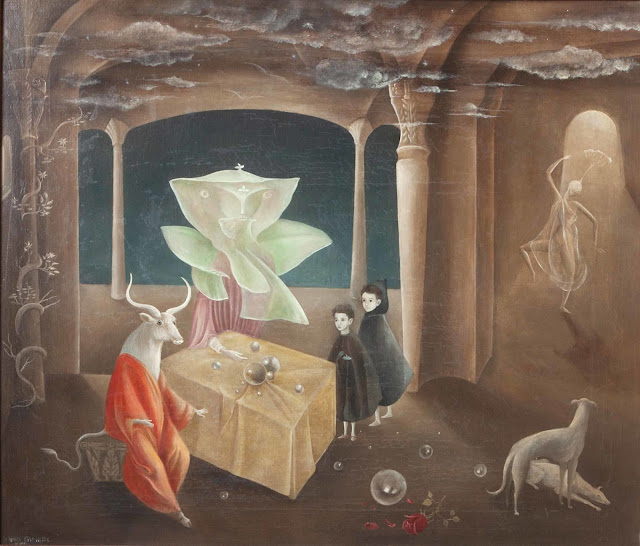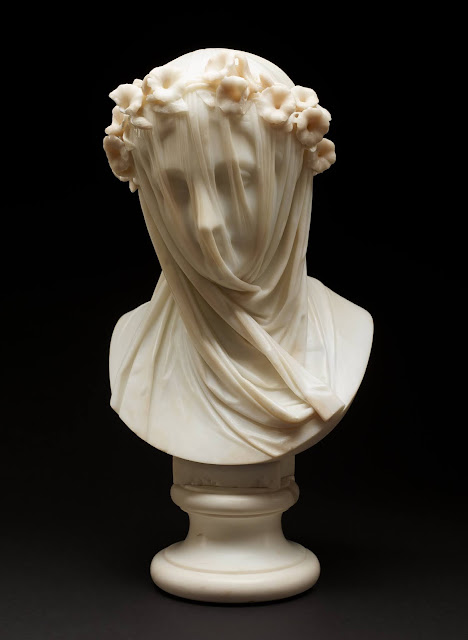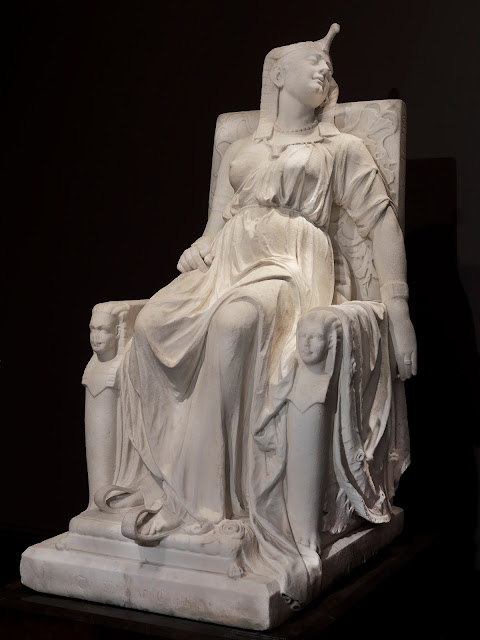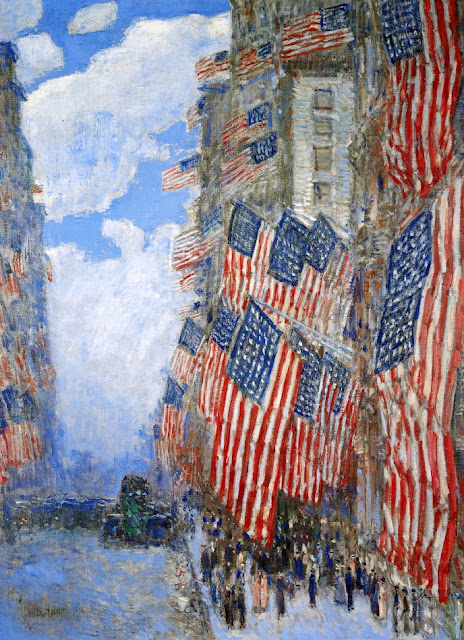La Vague (Wave) by Paul Gauguin (Interpretation and Analysis)
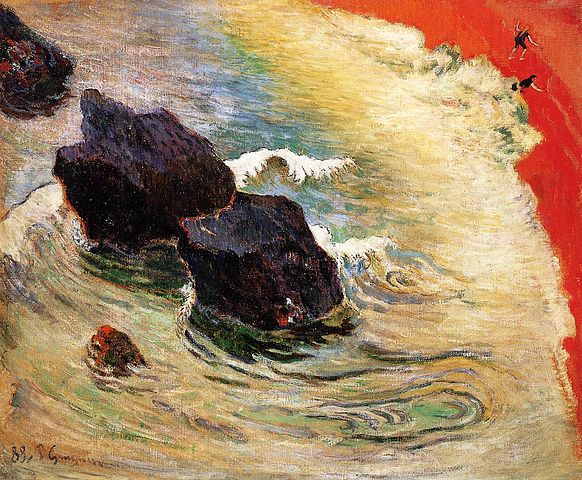
La Vague Source: Wikimedia Commons French artist Paul Gauguin is best known for his so-called Tahitian paintings, produced during his trips to Martinique, Tahiti, and the Marquesas Islands. However, he also produced many fine works of art while living in France. Gauguin was especially inspired by the region of Brittany, which he believed had a “savage, primitive quality.” La Vague (which translates to The Wave ) was painted during one of his trips to Brittany. According to my research , the painting represents the beginning of a major shift in Gauguin’s work, as he began to pursue a less realistic, more symbolic approach to art. In this piece, Gauguin challenges many elements of conventional Western art. The first unusual element of La Vague is the perspective. The piece is painted from a bird’s eye perspective, giving an unusual sense of proportion and scale (in point of fact, Gauguin actually sketched the scene from a bluff that overlooked the beach). The fact that there is no
